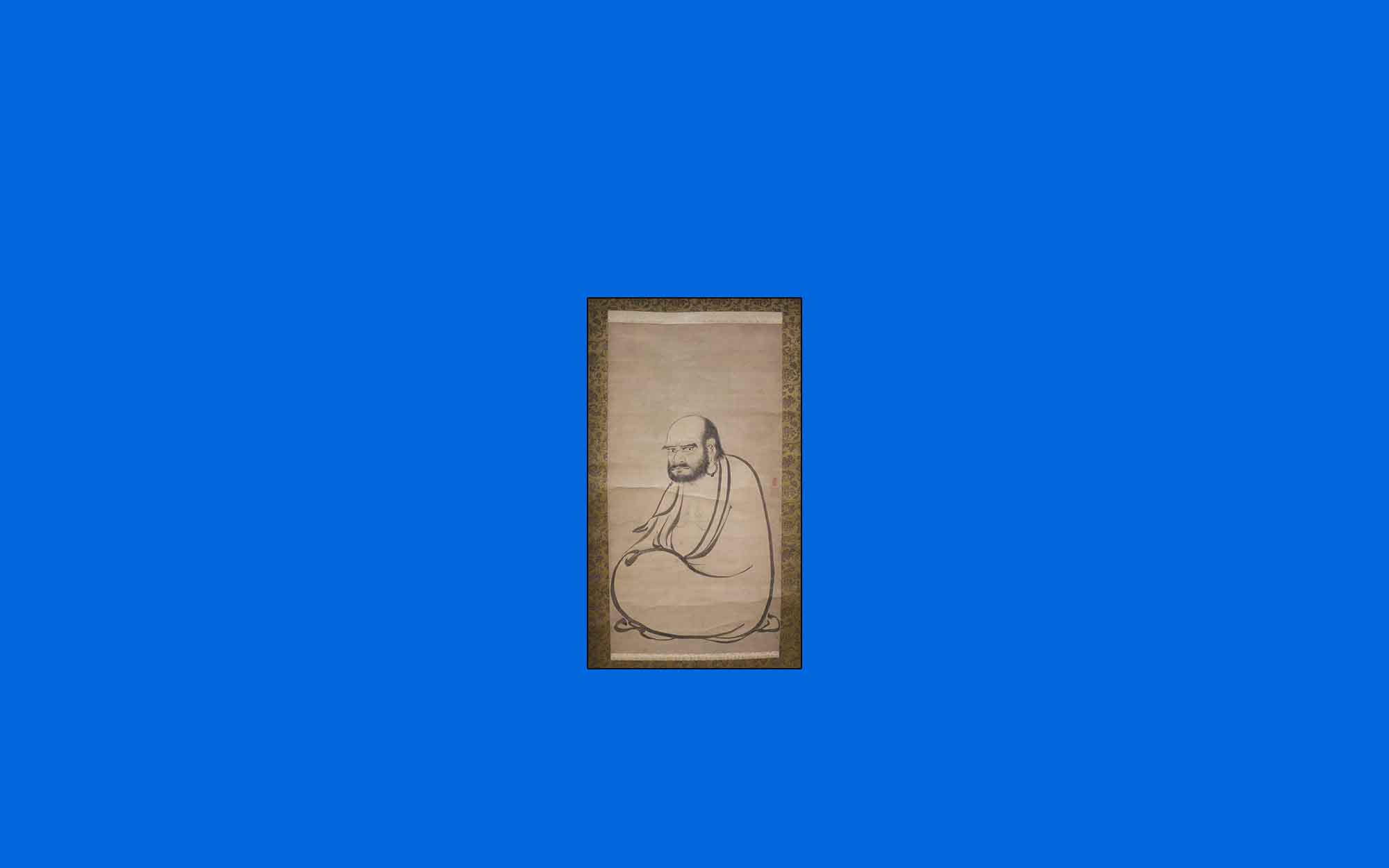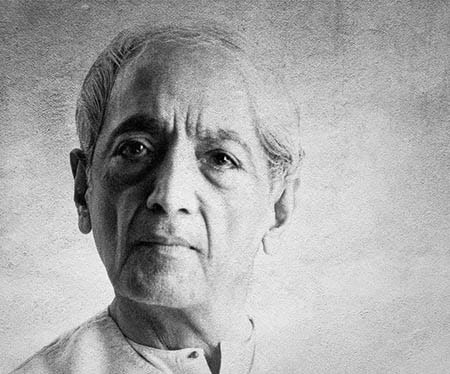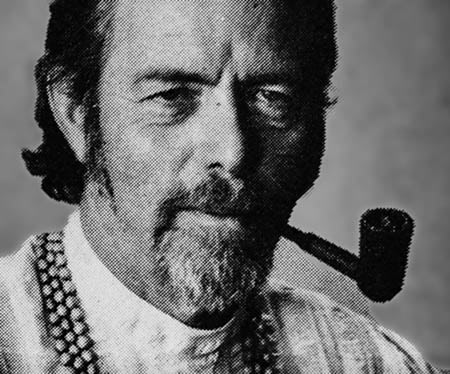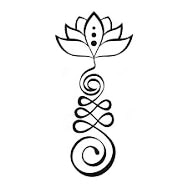Bodhidharma, Lalleshwari , Krishnamurti, Alan Watts …
The road less travelled
~
~~
~
“Two roads perged in a wood, and I,
I took the one less traveled by,
And that has made all the difference.”
—Robert Frost
~
A student asked the master,
“Which is the road less travelled?”
The master replied,
“Who is walking?”
The student said, “Me.”
The master struck him and said,
“Then it’s already very crowded.”
~
A monk said to Bodhidharma,
“I have abandoned all roads.”
Bodhidharma asked, “What carried you here?”
The monk was silent.
Bodhidharma nodded.
“Good. Now leave it behind.”
~
~~
~
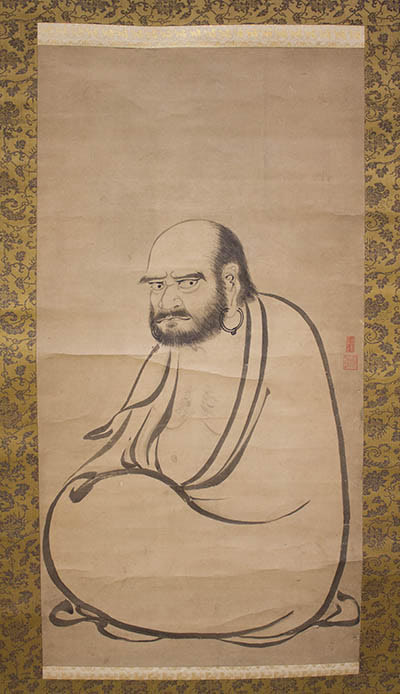
It must be seen directly, through a mind stripped of illusion.
He is considered the forefather of Zen and his Zen was fierce, iconoclastic, and uncompromising. Not everybody’s cup of tea, definitely not in our short-attention-span times.
Born in India to a royal lineage, he became a Buddhist monk who traveled to China to spread the teachings of Buddhism. He eventually settled at the Shaolin Monastery in Henan province, where he imparted the principles of his fierce kind of Buddhism to the Kung Fu Monks living there. These teachings later became Zen Buddhism in Japan.
In Japan, Bodhidharma became a revered figure in Zen Buddhism, embodying the spirit of perseverance and enlightenment. He is often depicted as a stern and bearded monk with piercing eyes, reflecting his reputation for discipline.
His teachings introducing a radical approach to meditation and enlightenment. An emphasis on direct experience and intuitive insight stressed the importance of realizing one’s inherent Buddha nature through rigorous meditation and self-inquiry.
Jiddu Krishnamurti shattered the guru-disciple model and rejected all systems of thought. He insisted that truth is a pathless land, and that following any authority—religious, political, or philosophical—destroys freedom. For him, liberation comes from observing the mind directly, without interference from conditioning or belief.
He was an Indian philosopher, speaker, writer, and spiritual figure. Adopted by members of the Theosophical Society as a child, he was raised to fill the advanced role of World Teacher. But in adulthood he rejected this mantle and distanced himself from the related religious movement.
He spent the rest of his life speaking to groups and individuals around the world. He also wrote many books, among them “The First and Last Freedom” “Commentaries on Living”. He died at his home in Ojai, California.
Alan Watts danced between East and West, eloquently translating Zen, Taoism, and Vedanta into a language Western minds could grasp.
He loved paradox, play, and the sound of laughter behind the cosmic veil. Watts also pointed away from belief, saying that spiritual insight isn’t about doctrines but a change in perception—seeing the world as a dynamic whole, not a battlefield of parts.
Before he was adopted as a spiritual figurehead by the counterculture, he became a priest 1940’s, and a professor and later Dean at the Academy of Asian Studies in the early 1950’s. By the mid 50’s he was gained recognition as a leading voice of the Zen in America, largely due to his popular Bay Area radio show, “Way Beyond the West”.
His 1957 bestseller, “The Way of Zen” brought national recognition. By the early 60’s he was going out on speaking tours regularly, visiting various colleges and universities, and began to record his talks. The recordings were then featured in his weekly radio series, and re-broadcast in cities across the US. He went on to become a luminary to the counter culture movement and a important inspirational force for many people since that time.
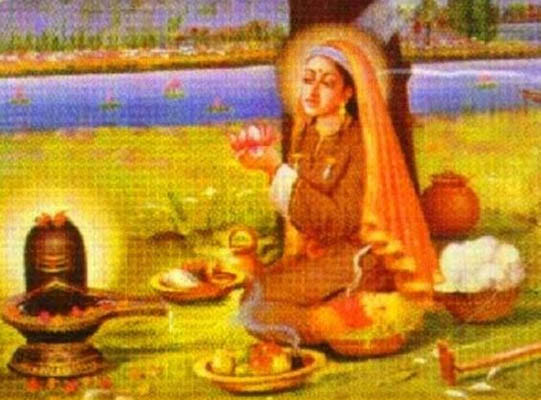
14th-century Kashmiri mystic. She bypassed temples, creeds, and even conventional language.
She was the Bodhidharma of the Himalayas in female form, barefoot, walking around naked, her poems blazing conventions and societal norms.
Born to a Kashmiri Pandit family in Kashmir, Lalla Ded was a prominent saint-poet, who defied social convention and gender norms in her search for God. Apart from a mystic poet, Kashmiris consider her a holy woman, a yogi, a devotee of Lord Shiva.
She rebelled against the educated elite of Sanskrit Pundits who were the custodians of spiritual knowledge and tradition and became a yogini and mystic in her own right.
She articulated the spiritual path and message she had been inspired with in Kashmiri language which was the language of the man in the street. By doing so, she made it available to all the people irrespective of caste, creed, colour, sex, religion or region. She was the creator of the style of mystic poetry called Vakhs, meaning “direct speech”. Her verses collected as Lalla-Vaakh are among the early compositions in the Kashmiri language and are a part of the history of modern Kashmiri literature.
~
~~
~
I feel deeply inspired by the Spirit that manifested thru those people who lived in different cultures, time epochs and came from perse spiritual backgrounds
What connects those unusual kind of characters to each other, what did they teach?

All of them rejected the idea that ultimate truth can be bottled in beliefs or systems.
They pointed instead to immediate seeing, direct knowing, beyond tradition.
• Rebellion against the established authorities of their tradition.
They dismantled the priesthoods. Bodhidharma threw out sutras. Krishnamurti walked away from Theosophy’s messianic hopes. Watts poked fun at stiff religiosity with a puff of his pipe. Lalleshwari walked around naked, so the legend goes, a wanderer who soke in short, cutting poems.
• A lived experience of Emptiness or Wholeness
Each in his way expressed a realization that the self is a mirage — Bodhidharma called it “no-mind,” Krishnamurti called it “choiceless awareness,” and Watts framed it as the inpidual being inseparable from the cosmic dance.
• Radical freedom
Not just political or personal freedom, but the inner freedom from identity, ideology, and inherited thought. Freedom that arises when the watcher dissolves into the watching.
~
~~
~
Obviously there are many more I could mention that came to my attention over the years. All of them kind of renegade mystics, left-field practitioners of enlightenment, lone-wolf-saints on an one-pointed mission.
Beyond all the differences in form and style of their expression, what I love is the inclusivity and universality of their message:
That the Ultimate Reality is to be found within, found beyond all tradition and secondary knowledge and scripture and ritual.
They showed thru their own way of fierce and uncompromising living that it is possible to transcend our conventional conditioning and live free of societal expectation in one-pointed communion with the Ultimate Reality.
CONSCIOUSNESS, LOVE, GOD.
Whatever your name is for that, it is the Essence of Life.
I say thank you to all those weirdos,
those outliers, those aliens
in a mundane world.
Lak’ech Ala K’in
OM
TAT
SAT

